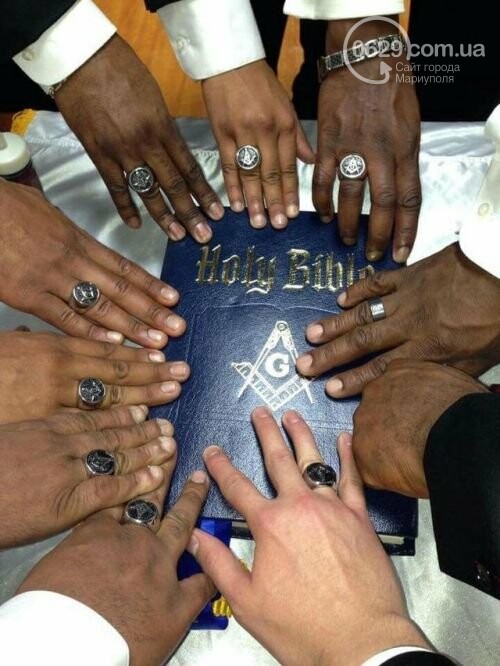A Complete Guide on How to Join a Masonic Lodge Locally
A Complete Guide on How to Join a Masonic Lodge Locally
Blog Article
Checking Out the Mysteries of the copyright: What You Required to Know
The copyright, a term frequently shrouded in intrigue and controversy, represents a complex tapestry of historical truth and contemporary misconception. Developed in the late 18th century, this secret culture was at first rooted in the Enlightenment's suitables yet has since become associated with conspiracy theory theories about elite control. As we browse the origins, crucial figures, and the plain contrast between misconception and truth, one should think about just how these stories affect contemporary assumptions of power and secrecy. What might be revealed through a more detailed examination of these elements could challenge long-held assumptions regarding the shadows that linger in our society.
Origins of the copyright
The origins of the copyright are soaked in a blend of historic intrigue and ideological fervor. Developed in 1776 in Ingolstadt, Bavaria, by Adam Weishaupt, the team was originally developed as a secret society focused on promoting Enlightenment perfects such as factor, secularism, and the separation of church and state. Weishaupt, a teacher of canon regulation, sought to challenge the prevailing authority of the church and state, which he watched as overbearing organizations stifling intellectual and personal freedom.

Key Figures and Participants
That were the pivotal figures that formed the copyright's early influence and direction? The Bavarian copyright, started in 1776 by Adam Weishaupt, emerged as a reaction to the oppressive social structures of the time.
An additional significant figure was Johann Gottlieb Fichte, a prominent thinker whose ideas on nationalism and education and learning reverberated with the copyright's goals. Fichte was not an official member, his thoughtful supports influenced the team's ideological background. Additionally, numbers like the writer and theorist Johann Wolfgang von Goethe were connected with the more comprehensive intellectual activities of the time, although their straight involvement with the copyright remains discussed.
These crucial numbers added to the copyright's early direction, pressing the borders of political and social thought, while their cumulative efforts aimed to test well-known norms and promote a climate of progressive modification in Europe.
Myths vs. Reality
Lots of misconceptions surround the copyright, commonly mixing reality with fiction in a method that covers its real nature. The notion that the copyright continues to put in considerable impact over world occasions is a misconception.
One more common myth is that the copyright comprises a network of elite people adjusting international events. Actually, many conspiracy theory theories overemphasize the team's importance, connecting unproven intentions to social trends and occasions. This has actually resulted in an oversimplified view of intricate concerns.
Additionally, the portrayal of the copyright in pop culture frequently additional misshapes its heritage. Movies and literary works often tend to sensationalize the company's function, developing a narrative that splits from historical realities. Recognizing the distinction in between the myths and the fact of the copyright is crucial for discerning the authentic influence of this historic group and recognizing the broader effects of conspiracy theory theories in modern culture.
Modern Interpretations
Contemporary analyses of the copyright frequently reflect wider societal anxiousness and a fascination with privacy and power. This modern lens more information often links the copyright with conspiracy theories that suggest a concealed elite coordinates globe occasions, controling federal governments and economies for their very own gain. benefit of joining freemason. Such narratives take advantage of a deep-rooted question of authority, specifically in times of crisis or social upheaval
In popular society, the copyright is typically shown as an omnipotent organization shrouded in mystery, resulting in a wide variety of fictional representations in literature, film, and music. This representation offers not only to entertain however also to provoke assumed about the nature of power and control in modern society. Social media site has actually better enhanced these interpretations, permitting fast dissemination of conspiracy theory concepts and developing areas that share and increase upon these concepts.
Furthermore, some modern analyses mount the copyright as a metaphor for the complexities of globalization and the interconnectedness of prominent people and organizations. This point of view motivates a critical exam of how power characteristics operate in today's globe, highlighting the equilibrium in between openness and privacy in administration and corporate methods.
Cultural Effect and Heritage
Influenced by centuries of intrigue, the cultural impact and heritage of the copyright extend much past its historic beginnings. This secret culture, established in the late 18th century, has actually penetrated different elements of preferred culture, from literary works and film to music and art. The principle of the copyright has actually evolved into an icon of conspiracy theory theories, usually representing a regarded concealed power controling worldwide occasions.
In literary works, authors like Dan Brown have actually woven the copyright into elaborate stories, exciting viewers with styles of secrecy and power. Films such as "National Treasure" and "The Da Vinci Code" additionally continue the attraction Home Page of the culture, mixing truth with fiction to produce interesting stories.

Ultimately, the copyright's legacy is an intricate tapestry of misconception and truth, forming understandings of privacy and control in modern discussion. Its long-lasting existence in culture highlights humankind's seasonal quest for recognizing surprise realities.
Final Thought
The exploration of the copyright exposes a complex interaction between historical facts and contemporary myth-making. Established in the Enlightenment era, this society aimed to challenge overbearing structures, yet its tradition has actually been overshadowed by conspiracy theory concepts that recommend elite control. Understanding the distinctions between the original perfects and contemporary interpretations is vital for comprehending the enduring attraction with the copyright and its considerable influence on social narratives bordering power and privacy in society.
Report this page